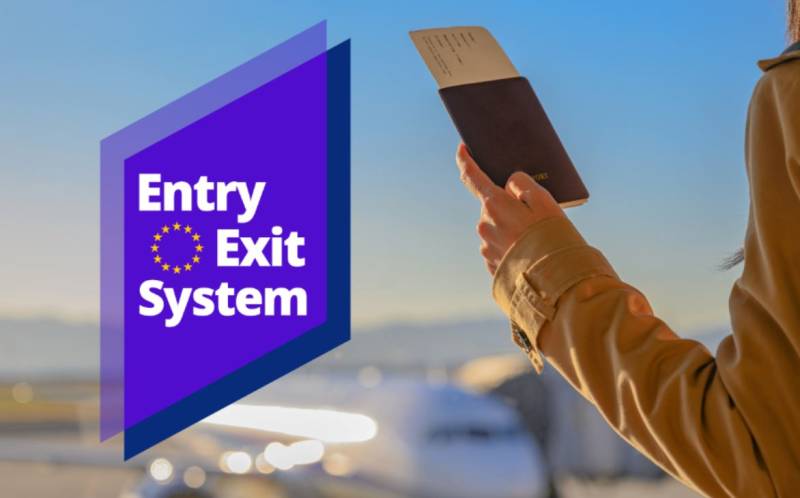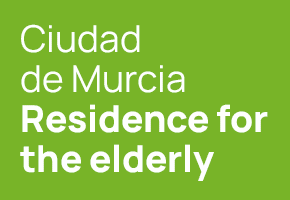EU confirms start date for non-Schengen travellers Entry-Exit System as ETIAS fee nearly triples
UK visitors to the EU will face biometric checks starting from October 2025, followed by a new visa-waiver scheme with a higher fee
The new system will introduce fingerprinting and facial biometrics for non-resident UK passport holders crossing into the Schengen area, with the full rollout due to be completed within the space of nine months.
The EES, which has faced multiple delays since it was first announced, aims to strengthen EU border control by digitally tracking the arrivals and departures of non-EU nationals to the Schengen area.
It aims to help enforce the 90-day limit for short stays within any 180-day period and assist in identifying individuals suspected of criminal activity.
Initially, the EES was meant to launch uniformly across the EU. However, a revised strategy means that
the first six months will see a “phased” rollout, described by some as “border roulette”. While some crossing points will require biometric checks, others will continue to use existing manual procedures.
Travellers passing through EES-compliant border posts will be required to provide four fingerprints and a facial image. These details will be stored in a central EU database. Children under the age of 12 are exempt from fingerprinting.
Despite the introduction of biometric data collection, passports will still be stamped manually during the six-month transition. Once the system is fully operational by April 9, 2026, passport stamps will no longer be required.
This marks a major change for British holidaymakers and other non-EU visitors to the EU, including those heading to Europe for the October 2025 half-term holidays, who may be among the first to experience the new process.
It is worth pointing out that the EES checks need not apply to any non-EU citizens who hold residency of an EU country, such as British, US and Australian citizens who are empadronado in Spain.
ETIAS cost rises from €7 to €20
The permit, which will be a requirement for UK and other non-EU nationals visiting the Schengen area, was initially expected to cost €7. However, the EU has now officially increased the fee to €20.
The ETIAS authorisation will be valid for three years and must be obtained before travel. Exemptions from the fee will apply to travellers under 18 or over 70, as well as close family members of EU citizens and certain other eligible groups.
Again, it is important to note that non-EU nationals who are resident in Spain or the EU do not need to pay for the ETIAS visa-waiver, just as British citizens do not need to pay for the ETA to enter the United Kingdom.
These developments were revealed through updated EU documents from eu-LISA, the agency responsible for the system, based in Tallinn, Estonia.
With these changes, UK nationals can expect more paperwork and procedural hurdles when entering the EU, although officials argue that the EES and ETIAS will streamline and secure travel in the long term, once they are finally fully operational.
Image: European Union
article_detail

|















